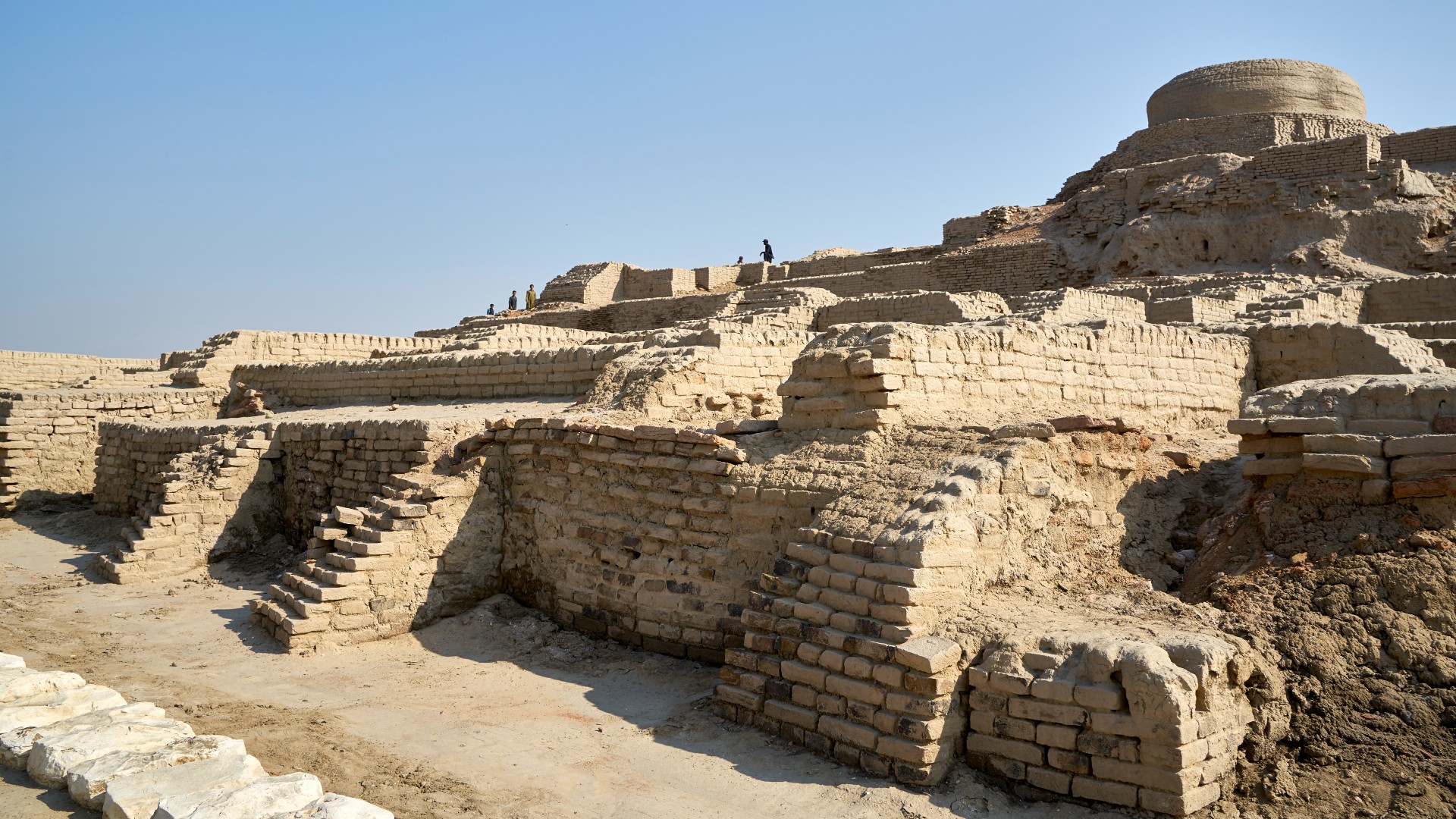Introduction
Traditional clothing is so much more than just fabric; it’s a powerful expression of cultural identity, history, and social values. These garments, often worn for generations, reflect the customs, beliefs, and lifestyles of specific communities around the world. In this blog, we’ll explore the fascinating history of traditional clothing, its significance, various styles, and some notable examples that showcase the rich tapestry of human culture.
The History of Traditional Clothing
Early Beginnings
Every traditional garment has a rich history that is deeply connected to culture and identity. The earliest recorded instances of traditional clothing date back thousands of years, with ancient civilizations like the Egyptians, Greeks, and Romans all having their own unique styles.
As societies evolved, so did traditional attire. In Asia, for example, the Silk Road facilitated cultural exchange between nations, leading to a blending of styles that still influences fashion today. In Africa, vibrant fabrics and patterns told stories about tribes and their heritage.
Clothing was not just functional; it was also symbolic of social status, occupation, and spiritual beliefs. The intricate embroidery on Indian saris or the ornate headpieces worn by African chiefs held significant meaning for those who wore them.
The history of traditional clothing is a reflection of human ingenuity and creativity. It’s a testament to our ability to express ourselves through artistry and craftsmanship. From hand-woven textiles to intricately beaded accessories, every element was carefully designed to convey identity and cultural affiliation.
In this way, traditional clothing has played a vital role in preserving cultural heritage while also evolving with the times. As modern societies continue to grapple with issues of globalization and homogenization, it’s essential we remember the importance of our collective past – for in those stories lies the power to forge new paths forward.

Cultural Evolution
During human history, traditional clothing has been a powerful reflection of culture and identity. Its evolution is closely tied to the development of societies and civilizations.
Traditional attire often carries significant meaning and symbolism, conveying social status, occupation, or even religious affiliation. For instance, ancient Egyptian pharaohs wore elaborate headdresses signifying their royal lineage, while Buddhist monks in Tibet still wear robes representing detachment from worldly possessions.
The history of traditional clothing is a testament to the ingenuity and creativity of human beings. From intricate African beaded jewelry to intricately embroidered Japanese kimonos, each culture has developed unique textiles and designs that set them apart.
You might ask how these cultural traditions have been passed down through generations. Well, often it’s through oral storytelling, apprenticeship learning from skilled artisans, or simply by observing family members’ daily habits.
Moreover, traditional clothing is not just a reflection of the past but also continues to shape our identity today. Think about it – when you put on your favorite cultural attire for special occasions like weddings or holidays, don’t you feel a sense of connection to your heritage and community?
So next time you glance at an old photograph or watch someone proudly wear their traditional clothes, remember that the story behind those garments is woven with rich history, culture, and identity.

The Significance of Traditional Clothing
Cultural Identity
What is it about traditional clothing that makes us feel so deeply connected to our cultural heritage? It’s not just the fabric and design, but the stories and meanings woven into every thread. Traditional clothing is a reflection of culture and identity because it holds within its folds the history, values, and customs of a community.
When you wear your grandmother’s traditional outfit on special occasions or celebrations, you’re carrying with you her memories, experiences, and traditions. It’s as if the fabric has absorbed all those emotions and stories over time. That sense of continuity is powerful – it bridges gaps between past and present, connecting generations across space and time.
In a way, traditional clothing is like a spiritual GPS system for our identity. When we wear these clothes, we’re tuning into that shared cultural frequency that resonates within us. It’s not just about the dress itself but the emotions associated with it – the sense of belonging to something greater than ourselves.
This connection to tradition isn’t static; rather, it evolves as new stories and meanings are added. Traditional clothing adapts while maintaining its core essence, much like how our own identity morphs over time yet remains rooted in who we are.
What becomes clear is that traditional clothing represents an unwavering commitment to one’s heritage – a symbol of resilience, adaptability, and the ability to evolve without sacrificing cultural roots. It reminds us that even as traditions change or fade away, their essence endures through our memories, stories, and most importantly… in what we wear on our sleeves (or should I say, around our waists?)
Preservation of Heritage
Traditional garments are not just clothing; they are a means of preserving history and heritage. They carry stories of the past, showcasing the craftsmanship and artistic expression of previous generations. Many communities actively work to maintain and revive traditional clothing practices as a way to honor their ancestors and keep their cultural narratives alive. It’s a beautiful way to celebrate who we are and where we come from.
Models of Traditional Clothing
1. Sari (India)
- Description: A long piece of fabric, typically around 5 to 9 yards, draped elegantly around the body.
- Specifications: Worn with a blouse and petticoat, the sari comes in various fabrics, colors, and patterns, often reflecting regional styles.
- Cultural Significance: The sari is a symbol of grace and femininity, with different draping styles unique to various states in India.
Sari

2. Kimono (Japan)
- Description: A traditional Japanese garment characterized by long sleeves and a wrap-around design.
- Specifications: Made from silk or cotton, kimonos are often adorned with intricate patterns and are secured with an obi (sash).
- Cultural Significance: Kimonos are worn during special occasions and ceremonies, representing Japanese aesthetics and cultural values.
Kimono

3. Kilt (Scotland)
- Description: A knee-length skirt-like garment with pleats at the back, traditionally made of tartan fabric.
- Specifications: Worn by men, the kilt is typically paired with a sporran (pouch) and other accessories.
- Cultural Significance: The kilt is a symbol of Scottish heritage and pride, often worn during Highland games and festivals.
Kilt

4. Dashiki (West Africa)
- Description: A colorful garment worn in West African countries, featuring a loose-fitting tunic style.
- Specifications: Often made from cotton or silk, dashikis are adorned with intricate patterns and designs.
- Cultural Significance: The dashiki represents African identity and is commonly worn during cultural celebrations and events.
Dashiki

The Evolution of Traditional Clothing
Modern Influences
In today’s fast-paced world, traditional clothing is evolving to incorporate modern styles and materials. Many designers are blending traditional elements with contemporary fashion, creating fusion styles that appeal to younger generations. This evolution reflects the dynamic nature of culture and the influence of globalization, allowing traditional clothing to remain relevant while honoring its roots.
Challenges and Preservation Efforts
Despite the evolution of traditional clothing, many communities face challenges in preserving their heritage. The rise of fast fashion and changing lifestyles can lead to the decline of traditional practices. However, various organizations and cultural groups are actively working to promote and preserve traditional clothing through workshops, exhibitions, and educational programs. These efforts are crucial in ensuring that the rich tapestry of cultural heritage continues to thrive.
Dive into the delicious world of traditional cuisine that reflects our local heritage. Explore recipes, popular dishes, and food festivals that celebrate the unique flavors of our region.



